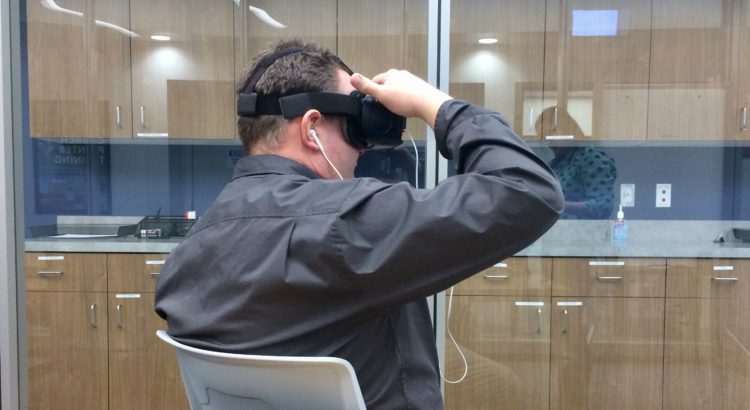Phone calls. Texting. Emails. Social media posts.
They’re all examples of technology that have made the face-to-face, knee-to-knee, hand-on-your-shoulder meeting obsolete. At least they’ve tried.
I’ve seen several youth pastors recently asking questions (online) about how to best communicate with their students. Their polls typically provide possible answers from the list above.
I receive countless messages from churches, non-profits, and other well-meaning individuals seeking to connect electronically, remotely.
But I still believe the best way to do ministry-and even business for that matter-is to sit at the same table. Conversations take on new life when they are real life. Potential donors and customers respond more positively when they can experience your energy first-hand.
And those we minister to, regardless of their age or demographic, will be more open, more focused, and more engaged when you take the time to go to them, sit with them, and minister in person.
That’s why Chad and I hit the road on Thursday, to visit with potential ministry partners, talk and pray with youth workers we already partner with (with no necessary agenda, by the way), and drop in on an organization that understands as well as anyone something I’ve believed for a long time: that when people see and experience your ministry in person, they will be more likely to invest in it and partner with you.
And, since Mission India does all of their ministry in India (a 15+ hour flight away), they’ve decided to leverage VR technology to allow their constituents to “meet” some of the people they reach “in person.”
I love what they’re doing. I felt like I was in India. I was moved by the story of one of their participants.
And it was a powerful reminder for me of the importance of being there. A reminder that I can be far more effective in ministry when I’m sitting face-to-face with someone, and far more effective at telling the story of our ministry when I can bring people here to see and experience it themselves.
And, since it’s only an hour or two for most people (instead of 15), it’s a reminder that I need to do whatever I can to engage potential donors and partners in person, on campus, in the midst of what’s really happening right here ever day.
No fancy goggles required.
